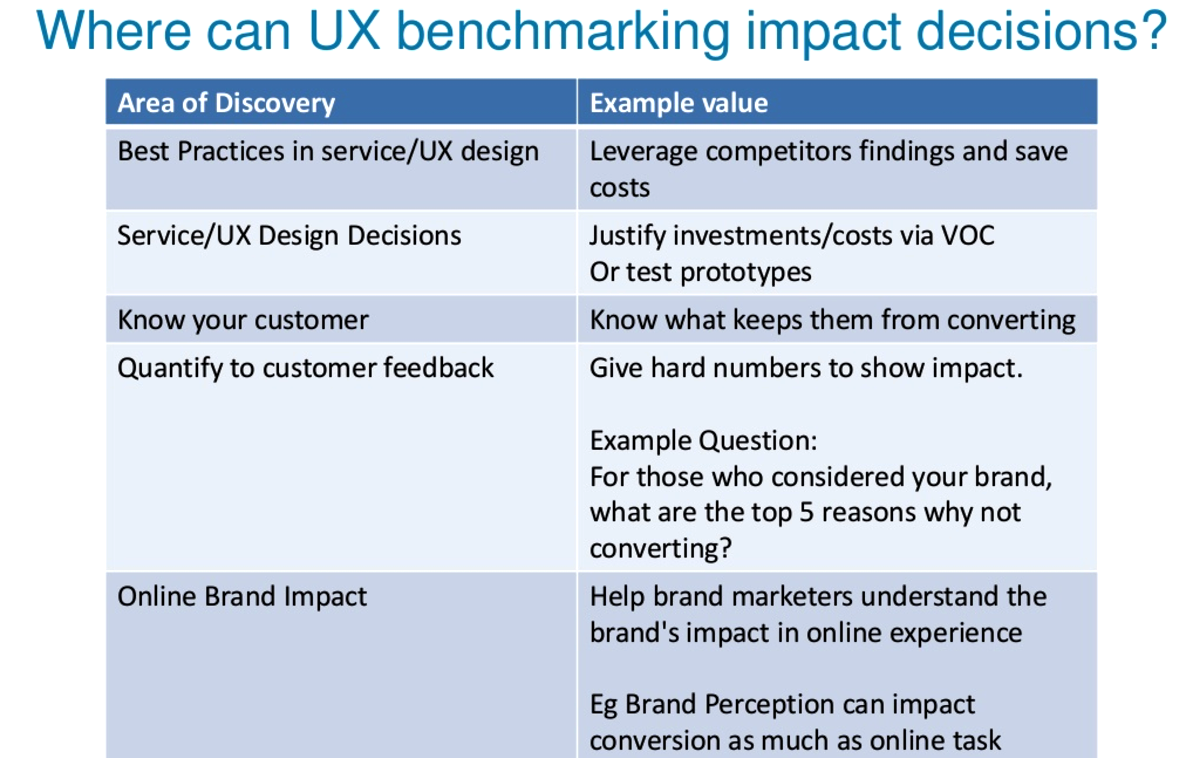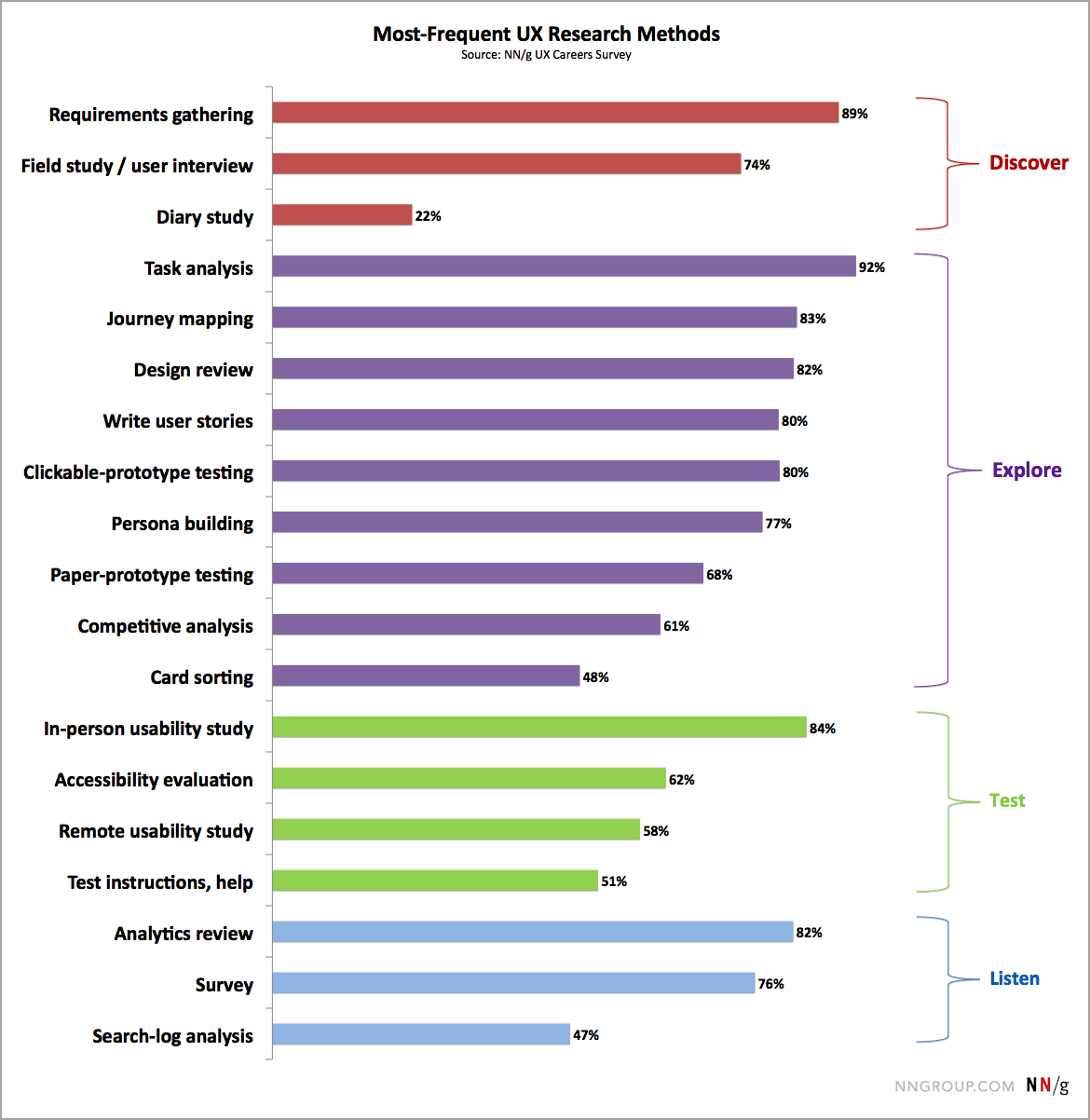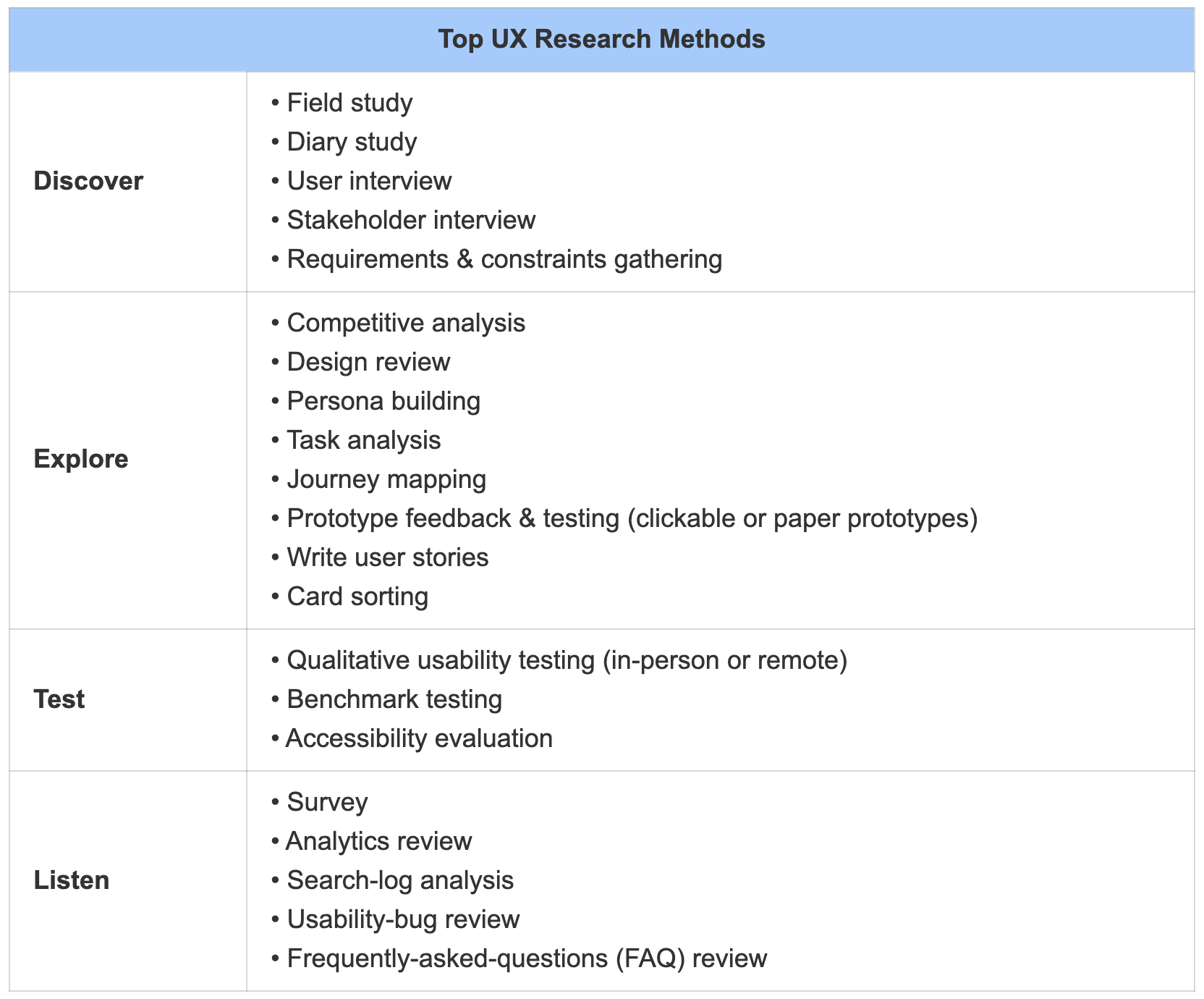Profiled studies indicate that one dollar invested in UX design brings in $100 in revenue. In such a manner, a well-designed user interface increases your website conversion rate up by 200-400%!
Ultimately, the real value of B2B is also determined by the results of the partner’s interaction with the interface of your online resource. Visual content, designed with the best user experience in mind, makes the site effective, increases sales and KPIs of the company. But in order to deliver quality UX, it needs to be evaluated first. What are the major criteria and UX metrics for this? How does one use them?
Let’s find out. With extensive experience in this field, Angle2 successfully helps businesses solve design problems of all types and any complexity.
The Importance of Thorough Planning
An in-depth analysis is needed to identify barriers to a customer’s purchase and effective ways to improve a product. This is a UX audit.
To provide a smooth and subsequent experience, you need a good plan for measuring user experience. Before you can implement it, you need to be sure who your customers are.
It is necessary to define what will be measured and what will be the success rate. The process of assessing the quality and relative effectiveness of an interface is based on particular user experience metrics. This includes determining what resources to use for the assessment.
Understand the company KPIs
In addition to revenue, each company has other KPIs. These include metrics for customer behavior (signup, repeat purchases) and product attitudes (satisfaction, likelihood of repeat purchase, and likelihood of recommendation). For B2B organizations that have multiple product lines, it is important to differentiate between brand and product metrics.
Benchmark perceptions of UX quality
Once you’ve identified your KPIs, you can collect them via surveys, as well as conduct some measure of the perceived quality of the user experience. SUPR-Q can be used for websites. A combination of SUS, TAM, UMUX-Lite, or other proven tools is suitable for software.
Surveys allow collecting more traditional metrics such as customer satisfaction and NPS. Include standardized UX quality metrics in your survey. Link behavioral data to customer relationship data for UX quality. This will help you understand how the changes affect the company’s KPIs.

UX benchmarking by major aspects
You need to understand how your products are being used and make the process better. Conduct a priority and critical function analysis for customers for each aspect of your product. Highlight tasks that motivate people to reuse the solution and recommend experiences. Include the question of key objectives in customer surveys when collecting KPIs. This usually takes 2-3 minutes.
KPI impact on UX design
With a UX and KPI score from the same client, you should try to understand the mathematical relationship. For example, a significant correlation between NPS and SUS can often be traced. To create an association, one has to examine comments word-for-word and understand which aspects of the user interaction are the most influencing via an iterative regression analysis.
Assessing the convenience of use
Once you learn the core challenges, you can start measuring the user experience based on the product features that address the core customer needs. Optimize the features that are most useful and use this checklist to plan your benchmark.
Define how exactly changes can boost KPI
After applying changes to the user interface, you should see their impact on the higher-level perception of the UX quality. Compare KPIs over time and see how they affect the overall UX. Use a few simple statistical comparisons to distinguish real improvement from sampling error and more sophisticated methods to help understand cause and effect.
Calculating profitability
It is important to keep an eye on your UX design ROI, figure out at which stages of product development to focus on ROI, and then make it higher. You can make a much more compelling case for the effectiveness of UX budgets by showing how the change has impacted corporate objectives.
Creating an Improvement Plan
The UX KPIs improvement plan should include contextual queries (for understanding customer problems and goals), card sorting (how customers perceive labels and phrases), tree testing (how customers view products), and usability testing (what problems customers face when completing tasks).
While the best plans are context-based, it’s worth using multiple methods, iterating earlier and more often, and measuring each phase with a core set of metrics.
In any case, the plan should be a program, not a one-off event. Include milestones to ensure you have the right people and processes, the right methods, and metrics for potential market changes.

Measuring the User Experience
Once the main objectives have been identified, metrics measurement tools are needed. Metric values are usually obtained from the quantitative collection of analytics, usability testing, and surveys.
Hotjar, Crazy Egg, Google Analytics, etc.
Google’s HEART framework provides a quick overview of UX metrics. Choose the ones that matter in the long term, as ideally, you will track them regularly.
A/B Testing
Two design options are compared, usually either through analytics or user testing. A very simple and concise type of testing that has, nevertheless, stood the test of time and is efficiently used to define more promising variants.
User testing
We need an objective picture of how good the product is. The client gives a deep insight into their values, perceptions, and experiences. Through user-focused tests, we are talking with them about issues that we need to clarify. For instance, about habits, behavior, and use of the system. Then we give the task on the prototype/working site and see how it turns out.
Quantitative and qualitative testing is carried out. Roughly speaking, qualitative is when we ask “why this and that” and quantitative (more labor-intensive and expensive) ─ when the time taken to complete tasks by many clients is measured, their mistakes are collected, etc.
Surveying
The easiest way to understand how the customer likes the interface. The method can bring in varying efficiency rates, but it is quite cheap and allows you to quickly get feedback.
In addition to the mentioned above methods, there are plenty of others, and the UX designer usually decides how to measure user experience at each stage of the project.

Summary
Every project is unique. And measuring usability in strictly broad eCommerce terms is not always suitable for B2B projects. Creative methods of collecting information are needed if quantitative research is not possible. Although a qualitative assessment of the UX is still needed in large projects, as well as quantitative user testing, and, in some cases, diary studies.
The Angle2 team of professionals is ready to take on the user experience evaluation of your project. Our experts will quickly identify problems and weaknesses and provide a comprehensive study of the UX design with recommendations for improvement – just contact us!






